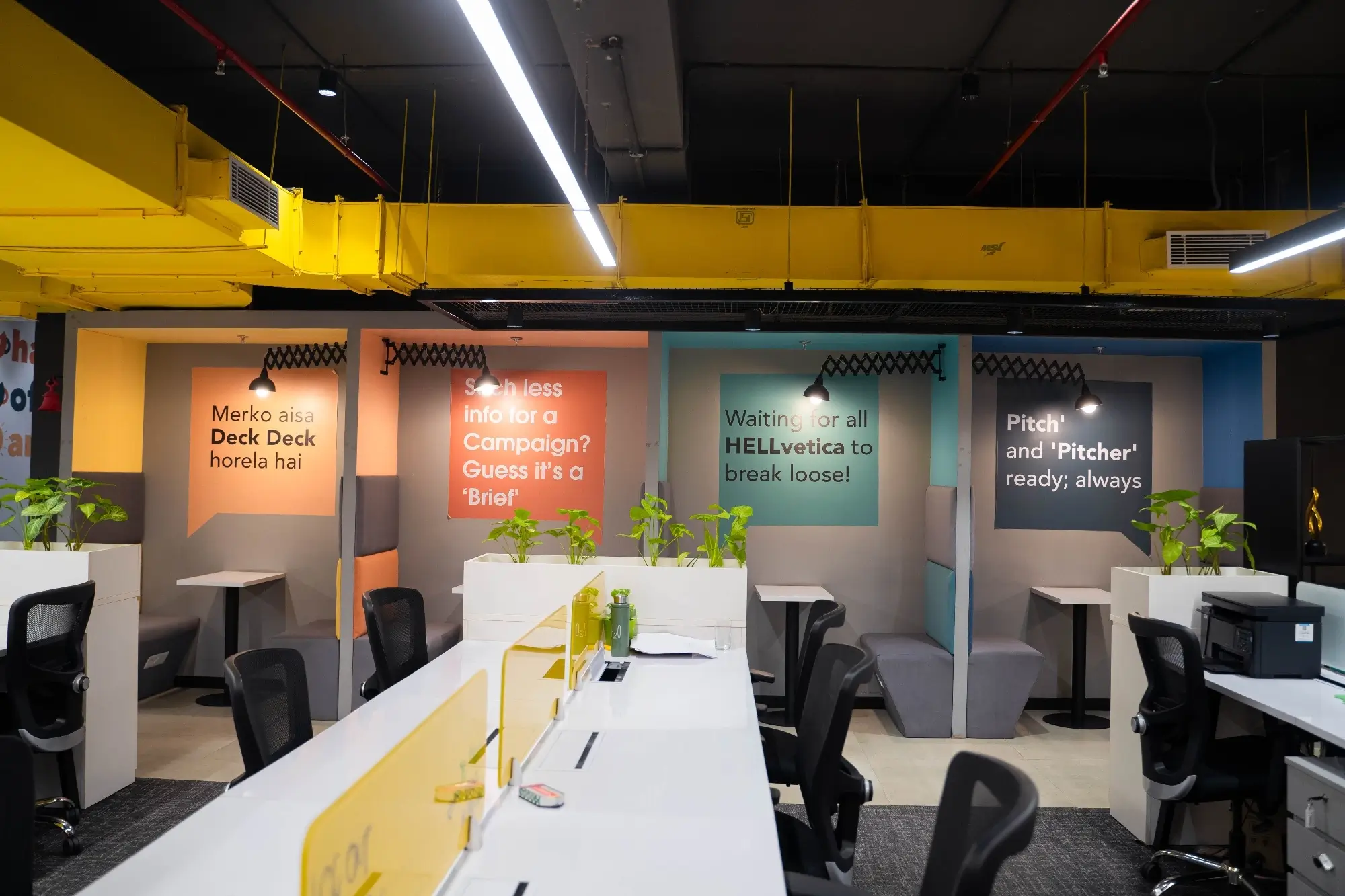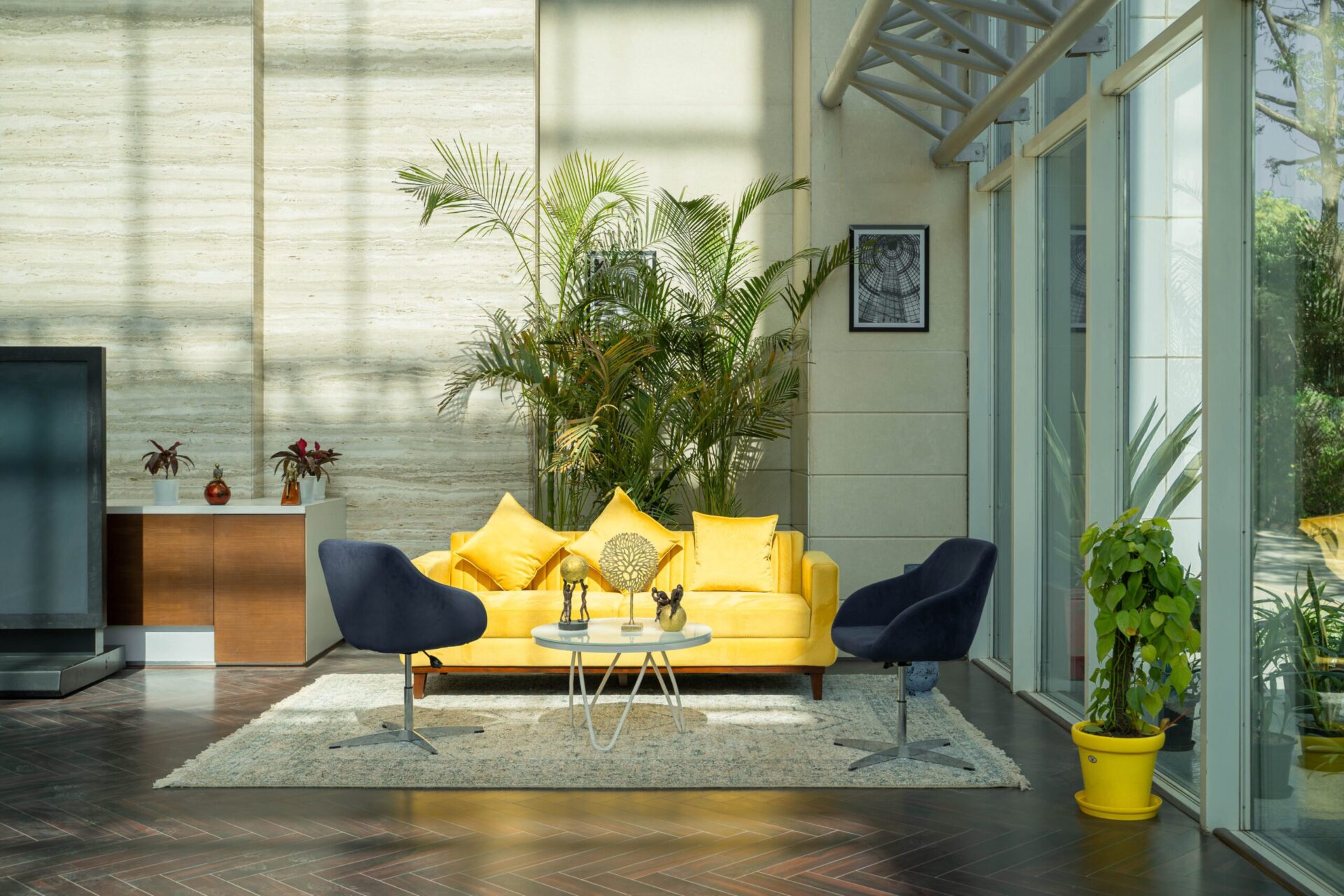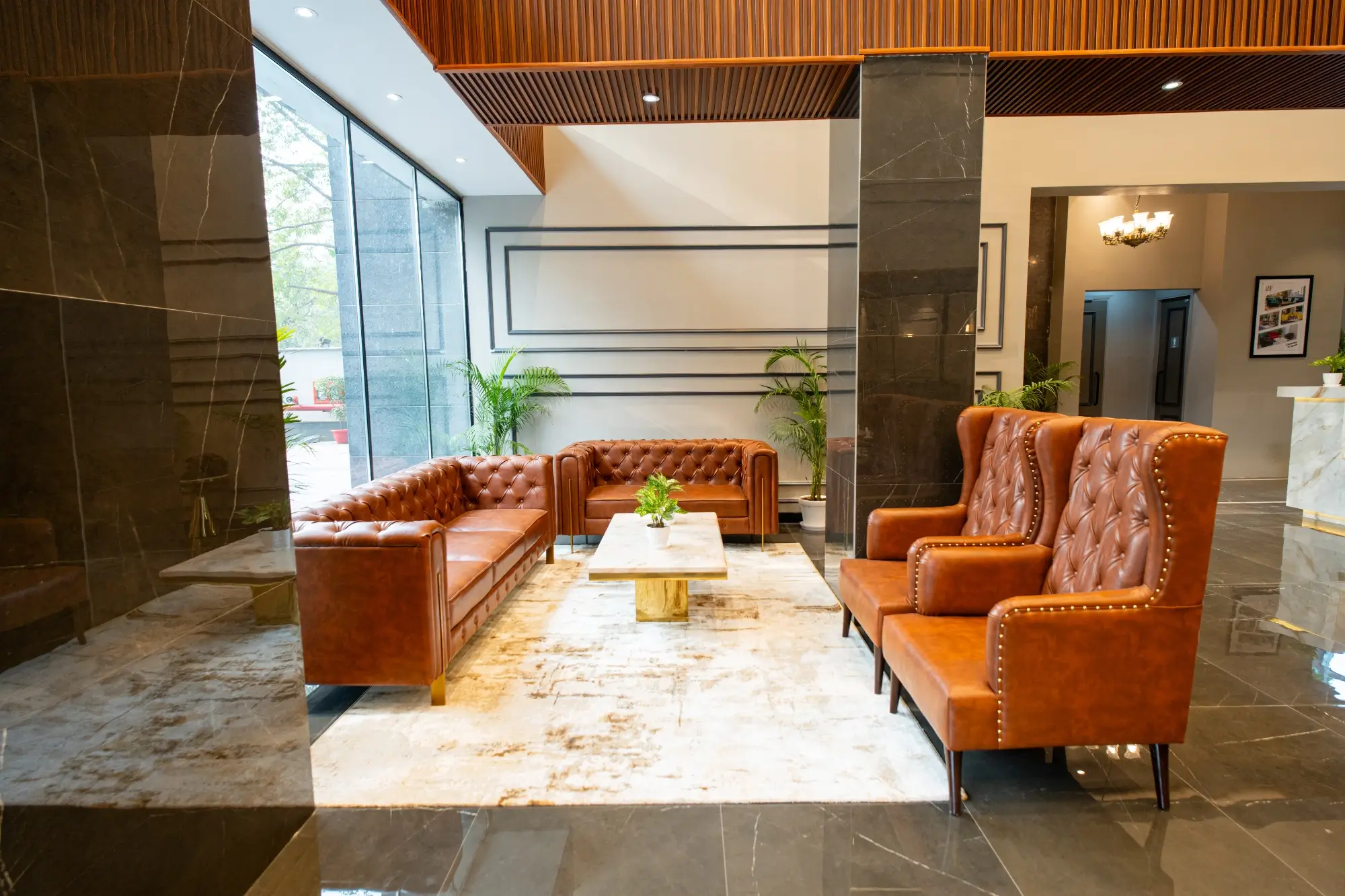The concept of small industrial office design is gaining traction as an innovative approach to optimizing workspace efficiency, particularly in compact or unconventional settings. By integrating open layouts, exposed structural elements and a refined minimalist aesthetic, businesses can create a sophisticated yet functional environment. Design features such as reclaimed wood furnishings, metal accents, pendant lighting and polished concrete flooring contribute to the distinctive industrial appeal, characterized by its raw and unembellished aesthetic. This article delves into strategic methodologies for maximizing limited square footage while preserving a bold, cohesive design that seamlessly balances functionality with creative expression.
Why Small Industrial Office Design Fits Compact Workspaces
When space is limited, every design choice matters. That’s exactly why Small Industrial Office Design is so compelling—it revolves around functional simplicity that highlights existing architectural features. Rather than masking structural elements like support beams, ductwork, or brick walls, industrial design embraces them as part of the overall look. Neutral palettes of grays, browns and blacks not only create visual harmony but also make rooms feel larger. By letting natural light bounce off polished concrete floors or metal fixtures, you can reduce the need for bulky furniture and extra decor. As a result, your workspace appears both organized and inspiring, striking a balance between professionalism and artistic flair.
Key Advantages of Industrial Aesthetics in Limited Areas
- Minimal Clutter: With fewer visual distractions, it’s easier to stay organized and focused.
- Exposed Elements: Pipes, bricks and wooden beams become “art,” saving you from sourcing extra decor.
- Cost-Effectiveness: Reclaimed materials and unfinished surfaces can be more budget-friendly than elaborate renovations.
- Easy Adaptation: Neutral color schemes and simple furniture make it simple to add or remove items as your needs evolve.
For further insights into professional interior design standards, visit the American Society of Interior Designers (ASID).
Step-by-Step Guide to Small Industrial Office Design
Embarking on a Small Industrial Office Design project starts with a thorough assessment of your existing space. Measure all dimensions, noting window placements, ceiling height and any unique architectural details. This helps you pinpoint focal points, like exposed brick walls or large windows that can be accentuated rather than covered. Next, decide how the space will be used—do you need multiple workstations, collaborative zones, or a private area for client meetings? The industrial style thrives on open-concept layouts, so consider removing any non-structural dividers that break up the flow. Even a slight reconfiguration of desks or storage can significantly expand the visual footprint of a tiny office.
Selecting Industrial Materials and Finishes
- Metal and Wood Combinations: Industrial design often pairs reclaimed wood surfaces with steel or iron frames. Desks, shelves and even partitions can feature this blend for a striking yet functional look.
- Concrete Floors: If your office already has concrete flooring, leave it exposed and polished for easy maintenance. If not, consider concrete-effect tiles or vinyl to achieve a similar vibe.
- Glass Partitions: For offices needing some privacy, glass partitions provide visual separation without blocking light or creating a cramped feel.
- Neutral Colors and Textures: Whites, grays and earth tones keep the environment calm and spacious, while metal finishes lend an urban edge.
To explore more creative ideas for industrial-style home offices, check out Houzz.
Lighting Strategies for Small Industrial Offices
Thoughtful use of lighting is another cornerstone of Small Industrial Office Design. Exposed filament bulbs, sleek pendant lamps and adjustable track lights can all reinforce the raw industrial theme while illuminating key areas. For a dramatic effect, position multiple hanging fixtures at different heights, contrasting metal hardware against the simpler backdrop of white or gray walls. Reflective surfaces like metal wall panels or glass-topped tables further brighten your space by distributing natural and artificial light more effectively. By combining these elements, you create a balanced ambiance that feels open, creative and distinctly industrial—even if you’re working within a minimal footprint.
Overcoming Common Challenges in Industrial Office Spaces
Achieving a cohesive Small Industrial Office Design sometimes requires overcoming a few logistical challenges. Buildings with older infrastructure may have uneven floors, limited electrical outlets, or insufficient insulation. However, these same conditions can also offer a wealth of character—think antique radiators, wooden columns, or century-old brick. Embrace these quirks by turning them into focal points, or consider minor renovations that reveal rather than conceal. If your office is located in a heritage building, local regulations might dictate what you can and can’t alter, so always check with authorities before making major modifications.
For those looking for workspace design solutions, check out Orange Offices for customized workspace transformations.
Practical Tips for Furnishing Your Small Industrial Office
- Optimize Workstations: Choose desks that fit snugly along walls or corners. Wall-mounted tables or foldable work surfaces also free up walking space.
- Multi-Level Storage: Vertical shelving, floating shelves, or tall metal bookcases maximize floor space while aligning with industrial design.
- Strategic Accessories: Metal lamps, vintage clocks, or typewriter-style keyboards can reinforce the rugged, industrial vibe.
- Accentuate with Textiles: Soft textiles in muted colors—like area rugs or upholstered chairs—add warmth without detracting from the minimalistic focus.
Ultimately, Small Industrial Office Design marries function with an edgy, modern sensibility that enhances tight quarters. By curating a thoughtful blend of exposed materials, statement lighting and efficient layouts, you create an environment that feels both cozy and cutting-edge. Keep in mind the role of lighting, color balance and judicious use of accessories to prevent visual overload. With these considerations in place, even the smallest office can become a stylish studio that inspires creativity and leaves a memorable impression on visitors and clients alike.
Key Takeaways in Bullet Points
- Start by evaluating structural elements and potential focal points.
- Embrace metal, wood and concrete finishes for an authentic industrial vibe.
- Use glass partitions to maintain openness and distribute light.
- Add pops of color or texture through decor and textiles without overcrowding.
- Employ adjustable pendant lamps or track lighting to create visual interest.
By incorporating these principles, your Small Industrial Office Design can seamlessly balance function and style, making the most of any compact workspace.
FAQs
Yes. Its focus on minimal clutter and exposed materials actually benefits tiny work areas, making them feel more expansive and functional.
Use pops of color in accessories, artwork, or furniture. Keep base elements neutral—like metal finishes and muted walls—so that your accent pieces stand out without clashing.
Not necessarily. You can add warmth through wood elements, plush rugs, or even greenery. Strategic lighting also softens the raw edges of the industrial theme.
While a clutter-free environment is ideal, exposed metal conduits or cable trays can blend right into the industrial aesthetic. Just ensure they’re neatly arranged and securely fixed.




